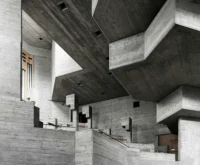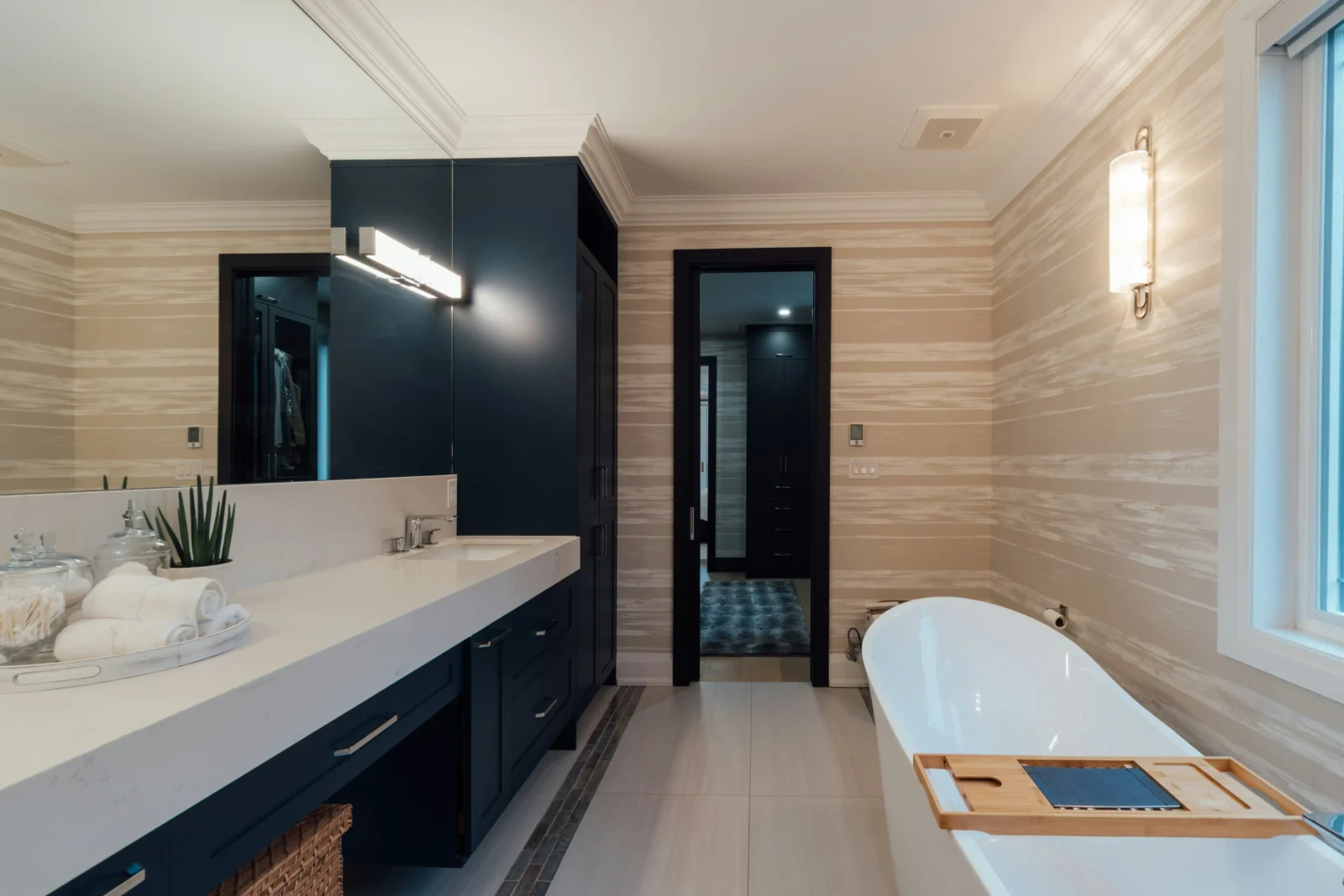- Home
- Articles
- Architectural Portfolio
- Architectral Presentation
- Inspirational Stories
- Architecture News
- Visualization
- BIM Industry
- Facade Design
- Parametric Design
- Career
- Landscape Architecture
- Construction
- Artificial Intelligence
- Sketching
- Design Softwares
- Diagrams
- Writing
- Architectural Tips
- Sustainability
- Courses
- Concept
- Technology
- History & Heritage
- Future of Architecture
- Guides & How-To
- Art & Culture
- Projects
- Interior Design
- Competitions
- Jobs
- Store
- Tools
- More
- Home
- Articles
- Architectural Portfolio
- Architectral Presentation
- Inspirational Stories
- Architecture News
- Visualization
- BIM Industry
- Facade Design
- Parametric Design
- Career
- Landscape Architecture
- Construction
- Artificial Intelligence
- Sketching
- Design Softwares
- Diagrams
- Writing
- Architectural Tips
- Sustainability
- Courses
- Concept
- Technology
- History & Heritage
- Future of Architecture
- Guides & How-To
- Art & Culture
- Projects
- Interior Design
- Competitions
- Jobs
- Store
- Tools
- More
Key Things to Know Before Building Your First Home

The average first home build requires coordination with 22 subcontractors and moves through six different construction phases. This might sound overwhelming, but the process is more available than most people think. Government grants and concessions make it easier to get started.
Most homebuyers spend ten weeks looking at seven properties before they make an offer.
A successful home build requires careful planning. The permit costs vary significantly, and your budget should include 5-10% extra for changes along the way. The home builders North Brisbane team Cheney, are here to cover everything you need to know before starting the construction of your dream property.
Table of Contents
TogglePlanning Your First Home Build
The lifeblood of a successful home build comes from careful planning and realistic expectations. When building your first home, you should first create a complete budget. Building a house involves substantial investment, with costs varying based on size, location, and materials. Renovation costs also vary depending on scope and quality.
You need to understand your home options well. Custom homes let you personalise everything from picking the lot to choosing finishes, but they cost more. Tract homes built in larger developments use pre-designed plans that are budget-friendly and finish faster. Spec homes strike a balance between customisation and cost since developers build them with popular features in mind.
Your choice of location needs careful thought. Living close to schools, shops, healthcare, and transport links will affect your lifestyle and property value. The property’s orientation (north-facing is ideal in Australia), soil quality, accessibility, and future development potential will shape your building trip.
You must set aside extra funds for unexpected costs. My advice is to plan for a 10-20% budget buffer to handle surprise expenses. This smart move will protect you from financial stress during construction.
Construction loans work well as they release funds through key building stages: slab, frame, lockup, fitout, and completion. You pay interest only on the money you use during construction, which helps manage your cash flow better.
Getting the right permits is a must. Planning permits show your design follows zoning laws, while building permits confirm safety regulation compliance. The law requires both these protections before construction can start.

The decisions you make while planning will shape your building experience and future home. Take time to research and prepare well.
Choosing the Right Team and Design
Finding the right professionals to bring your vision to life is a vital step in building your first home. Working with experienced builders like G.J. Gardner can give you the confidence that your ideas will be executed with quality and care, while also helping you navigate important decisions along the way. You should check if builders have proper licences and insurance through your state’s building authority. Get multiple quotes for the same plans and read builder reviews carefully – both online and through recommendations from others.
The way builders communicate makes a big difference. Watch how they respond to your questions and concerns during your original meetings. Good builders will keep you updated throughout construction and give you a clear contact person. The sort of thing i love is looking at their finished projects. If possible, talk to their previous clients to see how happy they are.
Your architect can turn your ideas into workable designs. These professionals add value through their knowledge of energy efficiency, economical material choices, and knowing how to streamline the building process. They help with permit applications and contractor selection, and promote your interests during construction.
The contract details need your full attention. The document has sections that spell out what’s included in your build and what isn’t – from appliances and landscaping to demolition and site cleanup. Remember, anything not written in plans or contracts will cost extra, whatever verbal agreements you might have.
You should talk about eco-friendly options with your builder. New homes must meet minimum energy efficiency requirements in the Building Code of Australia. This is a big deal as it means that you can go beyond these standards by choosing builders who specialise in sustainable designs.
Then, before signing any contract, make sure it has:
- A complete breakdown of costs and materials
- Clear timelines and milestones
- Warranties and guarantees
- Process to handle variations or changes
- Payment schedule arranged with construction stages
My experience building my first home taught me something valuable. The whole process runs smoother with fewer surprises when you pick professionals who communicate well and stay transparent throughout your building trip.
The Construction Journey: What to Expect
Your construction experience starts right after permit approval and contract signing. A brick single-storey home takes about 5-6 months to build, while timber frame homes take nowhere near as long.

The first step involves getting the site ready. Teams clear vegetation, level the ground, and put up temporary fencing to keep everyone safe. The ground’s stability needs testing before the concrete slab foundation goes in. The foundation needs proper curing time to stay stable.
Your house starts taking shape once the foundation is set. Workers put up wall frames and roof trusses, usually made of timber or steel. This phase sets up your home’s layout and structural strength. Regular inspections make sure everything follows building codes. You’ll see your floor plan come to life, which makes this an exciting time in building your first home.
The lockup stage kicks in after frame completion. Teams install the roof, exterior walls, windows, and external doors. This creates a weather-safe shell that protects the inside. Work continues whatever the weather conditions outside. The property becomes secure, which marks another milestone in your construction experience.
The fixing stage brings your home’s infrastructure to life. Licensed electricians and plumbers install core services while following strict building codes. Only qualified professionals should handle this work—amateur installers could damage property and create safety risks.
Your home’s interior takes shape with new plasterboard, architectural details, cabinetry, and tiling. The final touches include fixtures, fittings, appliances, and finishes that turn the shell into your dream home.
The builder does a full inspection before handover to check if everything meets specifications and spots any issues. This gives you a chance to walk through with your builder and fix any concerns before getting your keys.
Conclusion
Building your first home brings both challenges and rewards. Good preparation will be your best friend during this experience. Your original plan should include realistic expectations and a detailed budget. A 10-20% buffer will protect you from stress when surprise costs show up. The choice between custom, tract, or spec homes and picking the right location creates the foundation for lasting satisfaction.
The people you pick will affect your building experience by a lot. Take time to research builders and check their credentials. Look at how well they communicate – it will help throughout the construction. A good architect can turn your ideas into practical designs and handle permit requirements in the quickest way.
The construction timeline runs about 5-6 months, from site preparation to getting your keys. Each milestone brings you closer to your dream home. You’ll need patience since much of the technical work happens behind the scenes.
I’ve learned that building a first home gives you a unique experience when everything falls into place. Creating a space that lines up with your needs is worth the temporary construction hassles. With the right planning, a solid team, and realistic expectations, building your first home can feel just as amazing as opening your new front door for the first time.
illustrarch is your daily dose of architecture. Leading community designed for all lovers of illustration and #drawing.
Submit your architectural projects
Follow these steps for submission your project. Submission FormLatest Posts
Process Server: Role, Requirements, and How to Hire the Right One
Introduction A process server is a neutral professional who delivers legal documents...
Top Modern and Stylish Bathroom Architectures In 2026
Bathroom design, much like other aspects of interior design, is always changing...
Exterior Enhancements That Turn Every Entrance Into A Showcase
The front of a home sets expectations before anyone touches the handle....
Are Organic Bamboo Sheets Worth the Investment?
When it comes to getting a good night’s sleep, the quality of...











Leave a comment